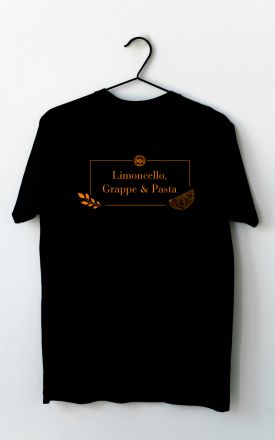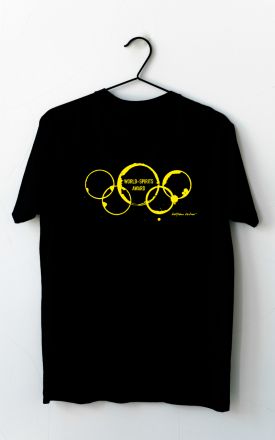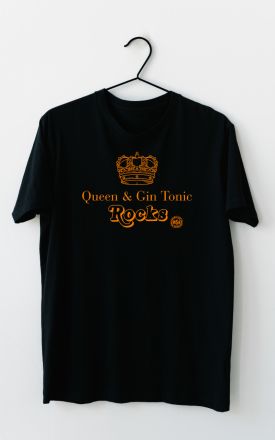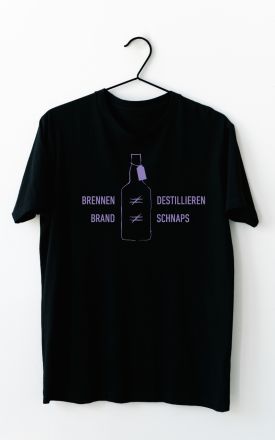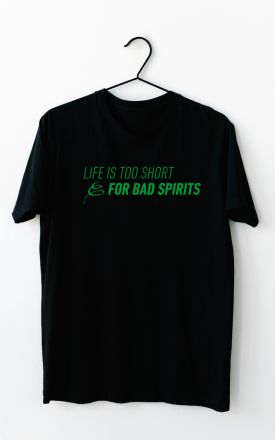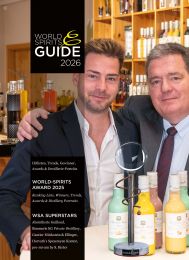Distillates from Grapes, Pomace or Yeast - Shot 6
iws.tv Episode 6 Distillates from Grapes, Pomace or Yeast with Hubertus Vallendar
Facts & Figures | Podcast | Aroma Images | Tasting
Everything revolves around the topic: Grapes
- Talk partner: Hubertus Vallendar, distiller & creative man from Germany
- IWS.tv host Wolfram Ortner
- 5 minutes of exciting, profound moderation Brand new format, 5-minute episodes, expert information and entertainment on a "spiritual" basis, celebrity and distiller talk, journey through the botanical gardens of the earth, sensory evaluation of the world's best spirits, musical accompaniment by the band "Humus".
Background information on the IWS.tv episode:
Multifaceted aromatics of grape distillates The grape is a true all-rounder when it comes to the aromatic diversity of distillates. The broad spectrum includes spirits made from grapes, yeast, pomace or wine, whose characteristic aromas delight many a spirits aficionado. Let's start with the grape itself. Aromatic grape varieties such as Traminer or Muscat varieties are particularly suitable for grape spirits. The grapes are de-stemmed - separated from the stems - brought to fermentation and then distilled. The products are called grape spirits - they also have a direct relationship to Peruvian and Chilean piscos. During winemaking or fermentation, the so-called wine yeast is formed at the bottom, which can also be processed into an aromatic distillate. Recently, sparkling wine yeast has also been distilled, which accumulates in the neck of the bottle during the disgorging of sparkling wine. However, large quantities of it are needed to make distillation profitable. If distillers are not wine brandy specialists, they can buy yeast from winemakers that is produced during white wine production. This yeast must be distilled quickly because infections can occur, which is a negative in the finished product. Yeast distillates are very fresh, aromatic and dense. Depending on the grape variety, they are bottled or go into oak barrels for aging, which has a charming effect on the final yeast-wood product. Another by-product of grape processing is the pomace, this press residue consists of about 75% skins and 25% pips. Grape marc spirit or pomace is a spirit made from red wine or white wine, which in the past was rather neglected. Grappa was once a "poor man's drink" in Italy. Today, just like Marc from France, it is offered for expensive money in the gastronomy and the at least equivalent marc is often left out. Grappa is a protected designation of origin for Italy and the Italian-speaking part of Switzerland. Italy is associated with high-quality design, which is also used as a strategic sales aid in the presentation or presentation of the bottles. Unfortunately, the bottle contents do not always live up to the promises. When it comes to brandy, one thinks primarily of protected designations of origin such as Cognac, Armagnac or Brandy Jerez, but this alone is not an absolute indicator of quality. Nor does the size of a distillery have a direct bearing on it. There are excellent brandies all over the world, and brandy can be made from red wine grapes as well as white wine grapes - the more common variety. Distillation can never be the repair of a mistake in winemaking - on the contrary, the base wines must be specially made and not sulfurized. White wines, after fermentation, remain on the yeast until distillation, which is then separated or co-distilled, depending on the concept of the product. During distillation, the yeast oils are separated with special containers and sold to the cosmetic industry at top prices. After distillation, the products rest in wooden barrels until they reach optimal maturity. Brandies without or with a small amount of yeast are leaner than those with the "full portion" of yeast, which makes them particularly aromatic and dense. The addition of typages or bonificators is regulated by country, as is the addition of sugar and caramel. Typages are essences of wood extracts and wine or dried fruit, nuts, almonds, etc. Bonificators are trade secrets, kept in vaults and passed down through generations.


